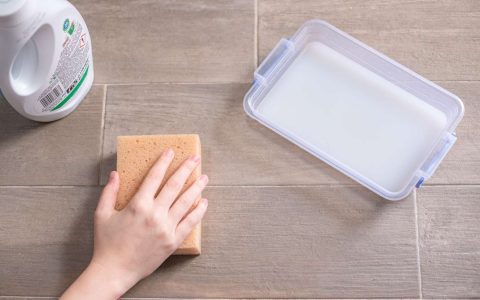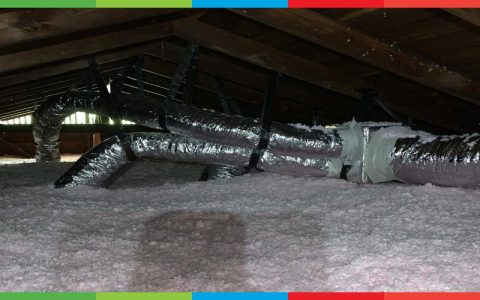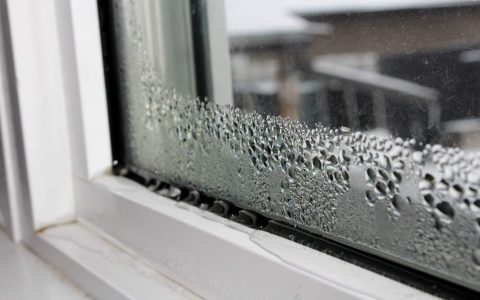Routine Slate Floor Care
Regular cleaning is crucial for maintaining the appearance and integrity of your slate floors, preventing scratches from grit and dirt.
- Sweeping or Vacuuming: Frequently sweep with a soft-bristle broom or vacuum using a soft brush attachment. This removes loose dirt, dust, and debris that can abrade the slate surface.
- Mopping:
- Select a pH-neutral cleaner specifically formulated for natural stone or slate. Avoid acidic cleaners (such as vinegar or lemon-based products) and harsh chemical detergents, as these can etch or damage the stone.
- Dilute the cleaner strictly according to the manufacturer's instructions.
- Use a soft mop, like a microfiber mop, and wring it out thoroughly. Excess water can penetrate unsealed or poorly sealed slate and cause issues.
- If the cleaning solution requires rinsing, mop a second time with clean, cool water.
- Allow the floor to air dry completely or dry with a soft, clean cloth to prevent water spots, especially if you have hard water.
Deep Cleaning and Stain Management
For more embedded dirt or periodic intensive cleaning:
- Targeted Scrubbing: For stubborn grime, use your pH-neutral cleaner with a soft nylon brush or a non-abrasive scrubbing pad. Gently scrub the affected area. Do not apply excessive pressure.
- Spill Response: Address spills immediately to prevent staining. Blot spills with a clean, absorbent cloth. Avoid wiping, as this can spread the spill and drive it deeper into the slate.
Important Considerations for Slate Floor Longevity
- Sealant Protection: Most slate floors are sealed to protect against stains and moisture absorption. Using only pH-neutral cleaners helps preserve this protective sealant. Periodically re-seal your floors as recommended by the sealant manufacturer or your flooring installer, typically every 1-3 years depending on traffic and use.
- Avoid Abrasives: Never use abrasive powders, creams, steel wool, or harsh scrubbing implements that can permanently scratch the slate surface.
- Test Cleaning Solutions: Always test any new cleaning product on a small, inconspicuous area of the slate floor first to ensure it does not cause discoloration, etching, or other damage.
- Protective Measures: Use doormats at entrances to trap dirt and grit. Apply felt pads to the bottoms of furniture legs to prevent scratching when items are moved.









